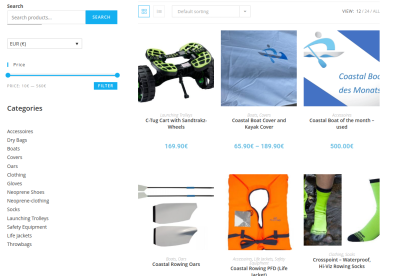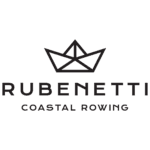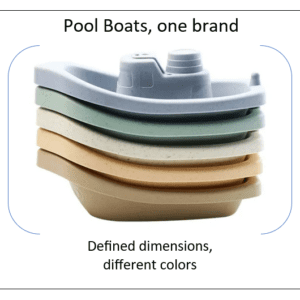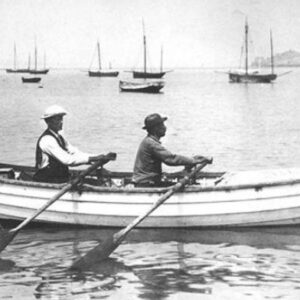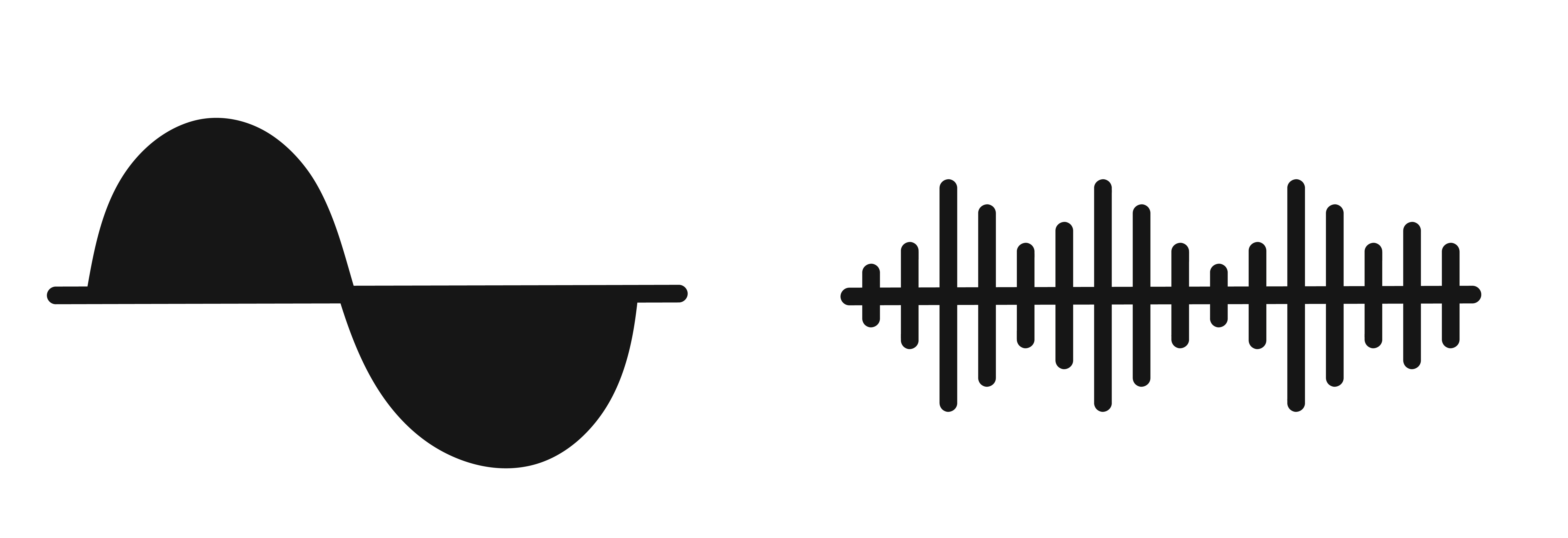Which coastal boat for which coast? Always an interesting question, especially if you just started rowing at the coast and you see different types boats around. While browsing through construction drawings of older coastal boats, we found a German website, that is explained different boats for coastal rowing. Read more about the different boats used at the coast.
The modern Coastal Boat: Yole de Mer

Let’s have a look at the modern coastal boats first – we’re talking about the last 10-15 years here. Those modern boats have names like Coastal 4x / +, Yolettes, Yole de Mer or similar. The shape of the Yolettes are based on the first designs and old constructions of the company Eurodiffusion’s SARL in the early 2000s.
Features of the Yolettes/modern Coastal Boats:
- Weight of 130-150kg to be stable
- Big Buoyancy/boost
- Multi-chamber system makes them basically unsinkable
- Foldable outriggers
- Drain-plugs at the stern

Classic Coastal Boats

The gigs or inrigger are very wide rowing boats without riggers. Traditionally, they are made out of wood with a clinker construction, but nowadays they also available in plastic. They are popular in Denmark and other Scandinavian countries, and are often used at the Baltic Sea. The arrangement of the oarlocks and the seating positions of the crew make them sturdy and resistent against waves and splash water.
The oarlocks are usually permanently attached at the boats wall and they don’t have outriggers. The gigs and inriggers usually have a covered stern and bow.
Features of the gigs/inriggers
- They are usually rowed with single oars
- The crew sits alternately to port and starboard
- The oarlock sits 2-4 centimetres outside of the ships side (inrigger vs outrigger)
- The rowers sit offset – near the opposite oarlock
- The Scandinavian/ Danish version of the boat is wider than one meter
- They are available in both wood and plastic
- Inriggers are available as a 2x plus cox and 4x with plus cox
- In Denmark the boats are further distinguished in Langturs and Kortturs which differ in width, buoyancy and weight.
Church-boats
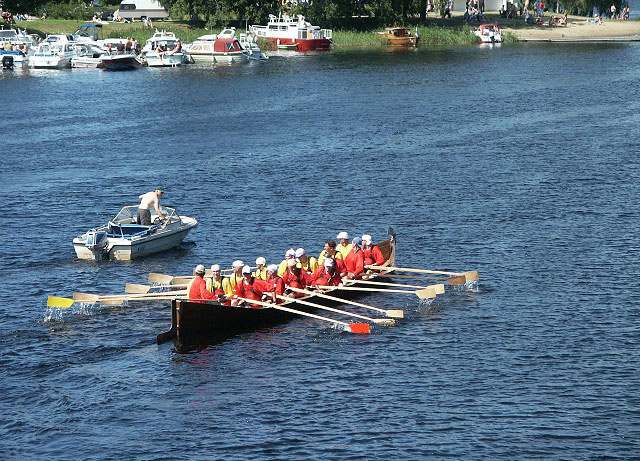
The church-boats in Finland go way back to a time before the reformation. They are replicas of the long boats of the vikings (link in German) and were used by Finnish tribes around the lakes, rivers and even the sea. With the reformation the church began to promote the construction of the boats for economical reasons, which explains the name and widespread use in Finland. Even in Germany there are some clubs who are specialised on this type of boat (one famous one is located in Speyer at the Rhine).
Features of the Church-boats
- Construction: Clinker construction with a thickness of 9-12mm with rolling seats.
- Length: ca. 12m
- Width: 1.80m – 1.95m
- Weight: 300-350kg
- The crew rows side by side
- A crew is usually consists of 14 rowers and a cox/helmsman
- The oarlock sits on the side of the wall and is permanently fixed
We have seen churchboats in action at the Vogalonga and at the Bodensee. Even with it’s size it’s really fast and agile. Depending on the experience and strength of the crew, and good weather and water conditions, a church boat can accelerate up to 20km/h for a short time and 12-16km/h as a usual travel speed.
So, what is the best boat for the coast?
Let’s have a look at some personal experiences from Petra Konrad, a writer for our blog.
Inrigger:
After sitting in the inrigger, I thought that I have to get used to the position. It turned out, I was wrong. After about 10 strokes, we were “in” and set. My conclusion for a trip of 5km with wind of about 4 on the Beaufort scale:
- The boat was very stable and not much of splashing
- The boat went well through the waves
- Surfing on the waves not really possible though
- If water entered the boat, it stayed inside the boat
Inrigger rowers love the boat because of the low amount splashing, especially when you’re rowing in areas with cold weather (everything below 10°C/50°F, counts definitely as cold). I can agree to that. Nevertheless, if a wave hits your boat from the side, your back and legs get wet. And the water stays within the boat.
Coastal Boat:
- definitely more elegant and “sportier” on the water
- less stable, you feel the waves more intensely
- our Yole 3 was very agile and we were even able to glide/surf one the waves
Church-boat
Unfortunately, I was not able to experience this boat at the coast yet. I only tried it on Havel while having good weather and basically no waves. Believe me, that was fun already. If I get the chance to try it on open waters, I’ll tell you about my experiences! From what I heard so far, it’s probably a really good boat for troubled and wavy days at the coast.
Interested to learn more? Have a look at Sicherrudern.de (in German).


